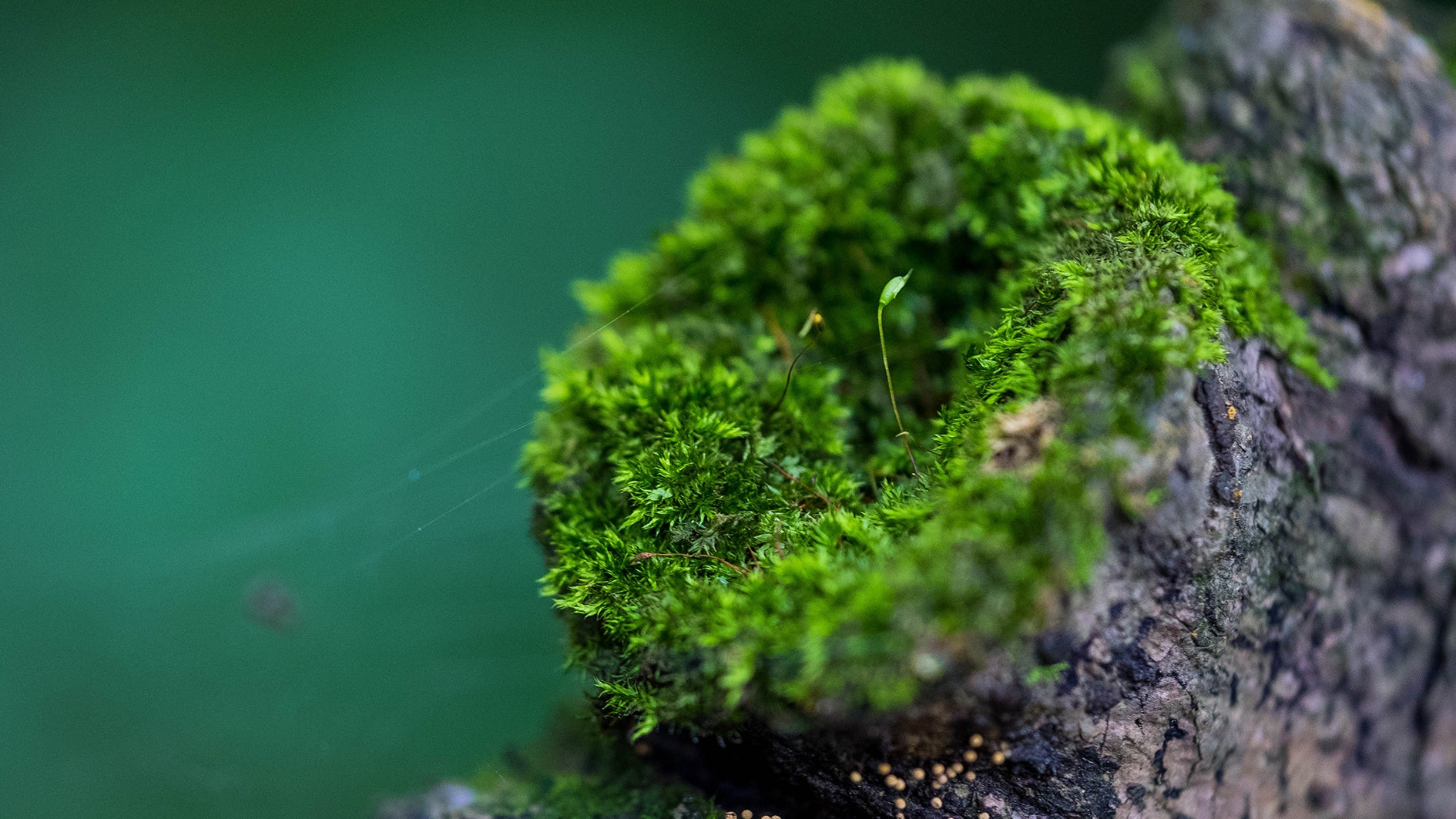
Moss
08 Oct, 2021
Mosses are usually associated with moist and shaded areas of our gardens. Popping up in lawns, on pathways, between bricks and pavers and concreted surfaces or other areas that get enough water.
Prevention
Review site to see if additional light or drainage is possible. Consider trimming back plants casting shade over the affected area.
Compact soil and soils with poor nutrient levels are also prone to moss growth.Aerate the soil with a metal rake or gardening fork, feed lawns and avoid scouring the soil, especially when wet.
Apply monthly applications of Aquaticus Garden Booster for a healthy soil.
Natural Treatment
Moss can be managed by reducing the amount of shaded areas in the garden. Cut back trees and overgrowth that create shade.
For treatment in lawns it is best to keep the lawn well cared for. Good aeration and annual thatching of lawns will reduce Moss. If Moss becomes a problem it can be raked out.
Try mixing 60ml of dish liquid into 4.5l of water and spray onto moss in the lawn. Use a natural dish liquid.
For natural control on hard surfaces spray with Weed Weapon Natural Power.
Other Treatment
Surfaces:
To control on hard surfaces such as walls, driveways, paths and roofs use Surrender Moss and Algae Killer. This can also be used on the lawn.
Do not use on roofs that have a water collection system.
Lawns:
Use Kings Lawn Moss Control, or use Yates Weed & Feed Moss Killer to both feed the lawn and kill off moss. However, do not use these products on concrete as discolouration will occur
Moss will darken as it dies off. Rake the moss out of your lawn two weeks after application.